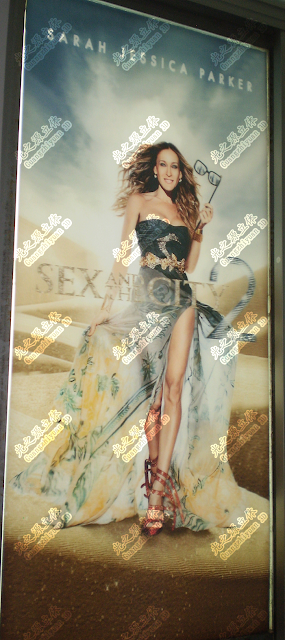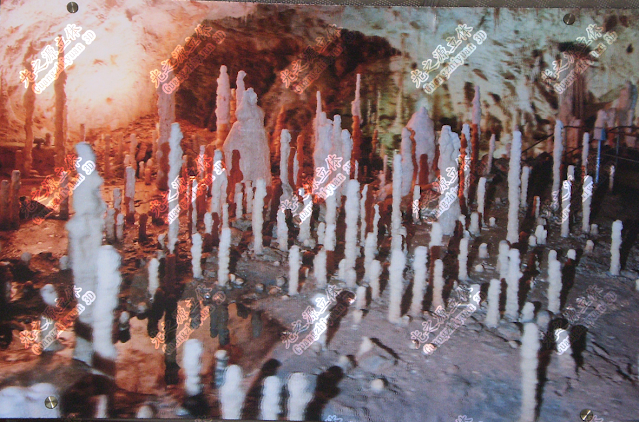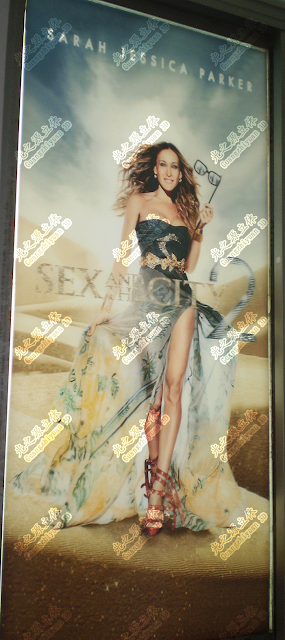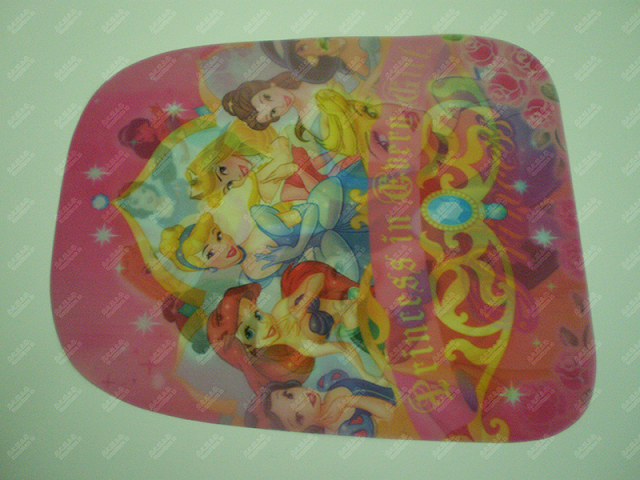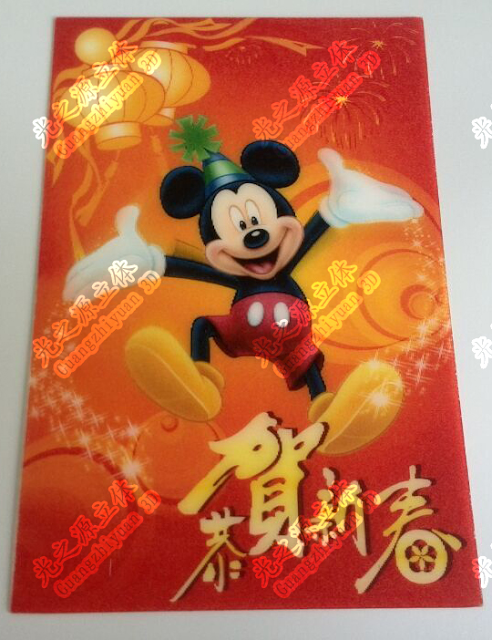Two Convincing Reasons for Businesses to Use Lenticular Advertising

Lenticular technology can now display more depth and motion in 3D pictures. So, firms are viewing it as both marketing tools and advertising collateral. Anybody who has run a business for a while is aware of the value of properly preparing a marketing strategy. The effectiveness of any firm is greatly influenced by these marketing strategies. Hence it becomes important to capture customers' attention. lenticular advertising may be highly useful for business owners in this case. Let's consider the following: Gain an edge over your rivals With the intense rivalry in today's world, it is crucial to choose a powerful marketing strategy to outperform the opposition. Lenticular printing is a distinctive and eye-catching way of commercial promotion. The 3D visuals quickly captivate the customers while giving the brand's message plenty of time to sink in. Usually speaking, the majority of brands fail to get the necessary attention from their consumers. After all,...

